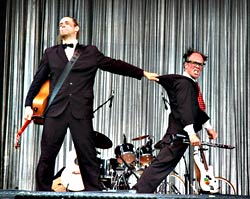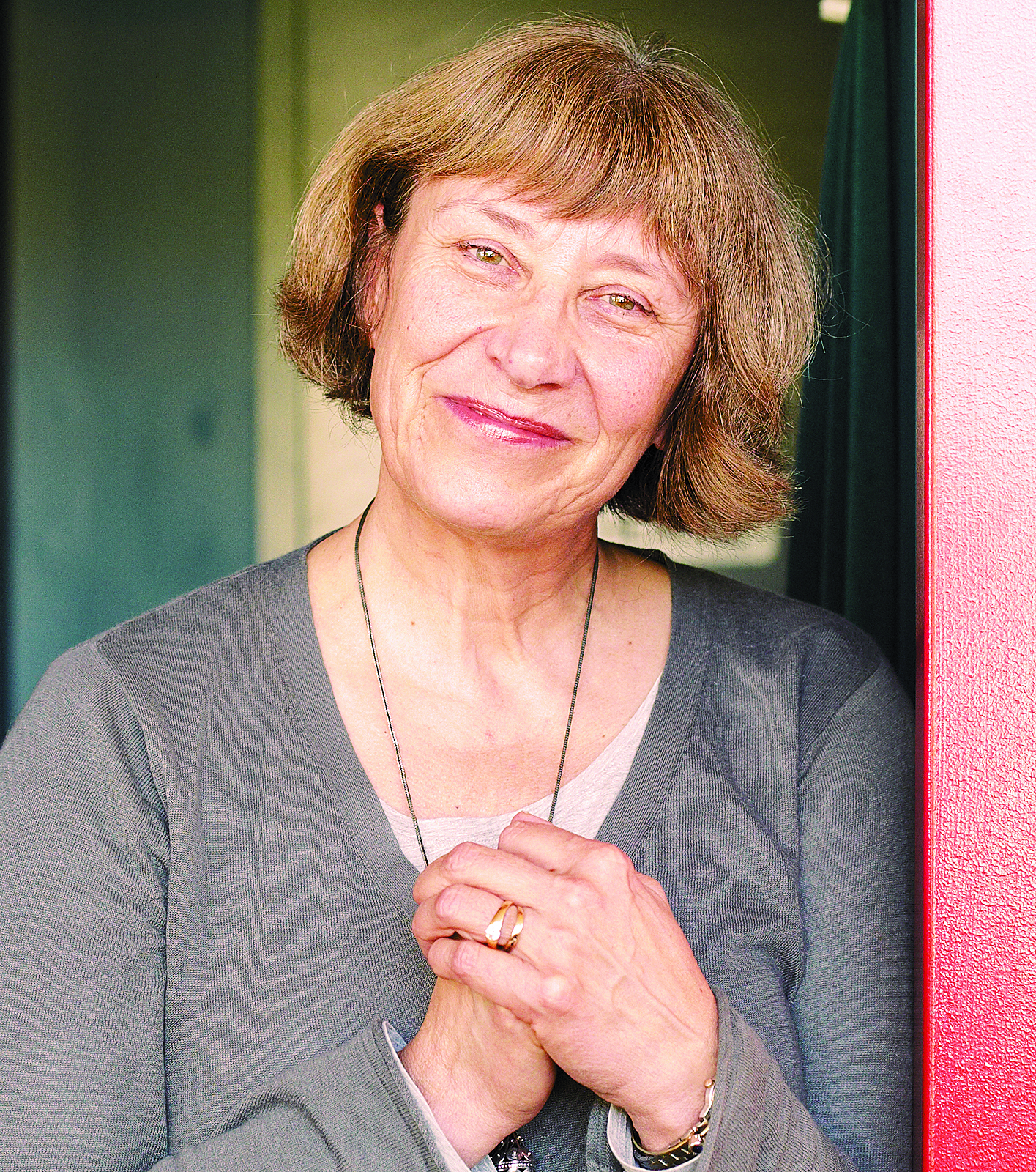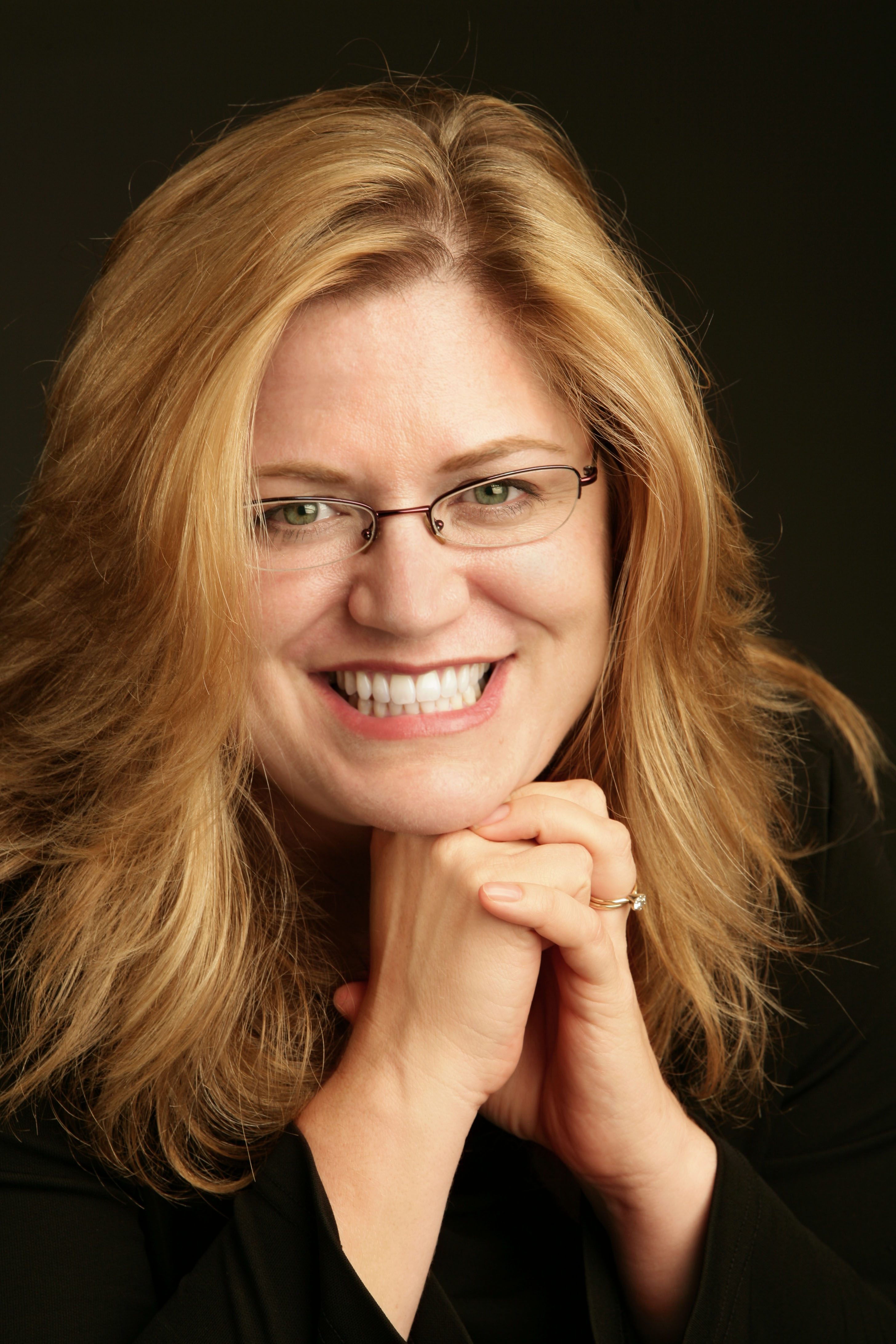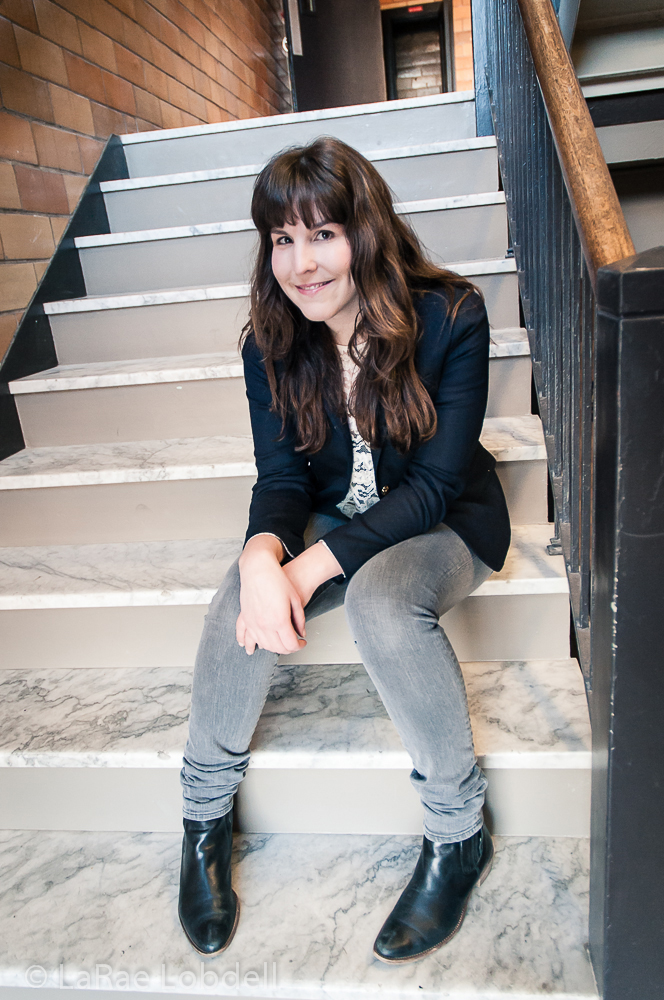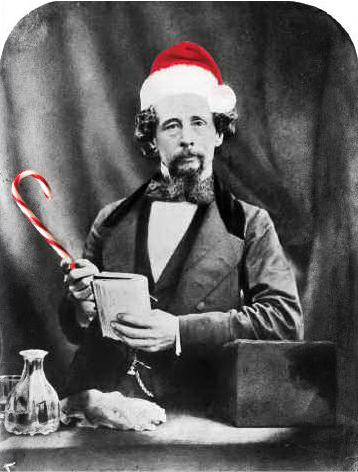The Seattle International Children’s Festival is contemplating a name change. It’s easy to see why. First off, the current name’s a little bland. Second, the characteristic attitude toward children’s performers is that they’re either insipid as gruel (think Raffi and Barney) or as dubiously good for you as broccoli (think Fred Rogers). Not at this festival.
Producing director Brian Faker—who, like much of the SICF staff, is a veteran of Seattle theater—has demonstrated with his past programming how good kid shows can be. Some audiences may remember Faker in his role as “Hef,” the pajama-robed late-night host of New City’s Late Night back in the early ’90s, and it always feels like his martini-sipping alter ego has made at least a couple of the festival choices. He’s not afraid of the anarchic (like past performer Leo Bassi, an Italian comedian who liked to yell at the kids, imitate Mussolini, and juggle basketballs with his feet) or the dark (check out this year’s Maria on the High Wire by German puppetry troupe Figurentheater Wilde & Vogel, a sad and shadowy tale of a girl yearning for her past life in the circus). In fact, he seems to operate from the rare notion that kids are just like adults in terms of what they like—some funny stuff, some serious stuff, and some music you can get up and dance to.
This year there are 12 acts, including Mexican musicians Los Patita de Perro and musical troupe H’Sao from Chad. To give you an idea of the quality of the music on the schedule: Another performer, K’naan from Somalia, had to regretfully drop from the festival, as he’s just joined the Marley Brothers on their national tour. (Seattleites can see him at the Showbox later this year.) Festival performers tend to be remarkably free of attitude, often mingling with the kids and audiences afterward. “We’re low-rent, in a nice way—no limos or big security details,” says the festival’s communications director, Jena Cane.
Based on what I’ve seen in the past, there is remarkably little fidgeting or inattention at the SICF, partly because organizers trust the kids to enjoy a show. (The festival also has a “no wandering in and out” policy.) There’s a lot of time built into the performance schedule for kids to just play, an increasing rarity in their lives of over-scheduling and over-testing. The festival wisely provides bouncing balls, hula hoops, and kites for kids to goof around with between shows, and this year has partnered with the School for Acrobatics and New Circus Arts, which will be on hand with classes in juggling, tightrope walking, and other valuable life skills.
This year SICF also offers a show for toddlers, Quebec’s Le Théâtre de Quartier with Glouglou. While this concept might make you (OK, me) fear some sort of ghastly live-action Teletubbies, SICF staff swear up and down that the production’s not only captivating for the preschool and pre-preschool set but will actually be enjoyed by adults. Even sober adults.
Seattle artists benefit from the SICF as well. Each year the group commissions a local artist to create a new work for kids. Past participants have included actor/puppeteer Todd Jefferson Moore and musician Reggie Watts. This year’s commissions are a music/film collaboration between Mirah and Spectratone International and animator Britta Johnson; and an original piece by renowned juggler Thomas Arthur that combines his mad juggling skills with a story about a magician and a shaman who collaborate to save their world.
The festival, which continues through Saturday at the Seattle Center, is generally busy but never outright crowded or chaotic, like Bumbershoot or Folklife. “You don’t lose your kid at this festival,” says Cane. “There aren’t a lot of vendors or stalls. There’s plenty to do, but it’s sort of a no-hassle and commercial-free environment.” The festival, which this year hits its 21st anniversary, has somehow avoided the pitfalls of success.
